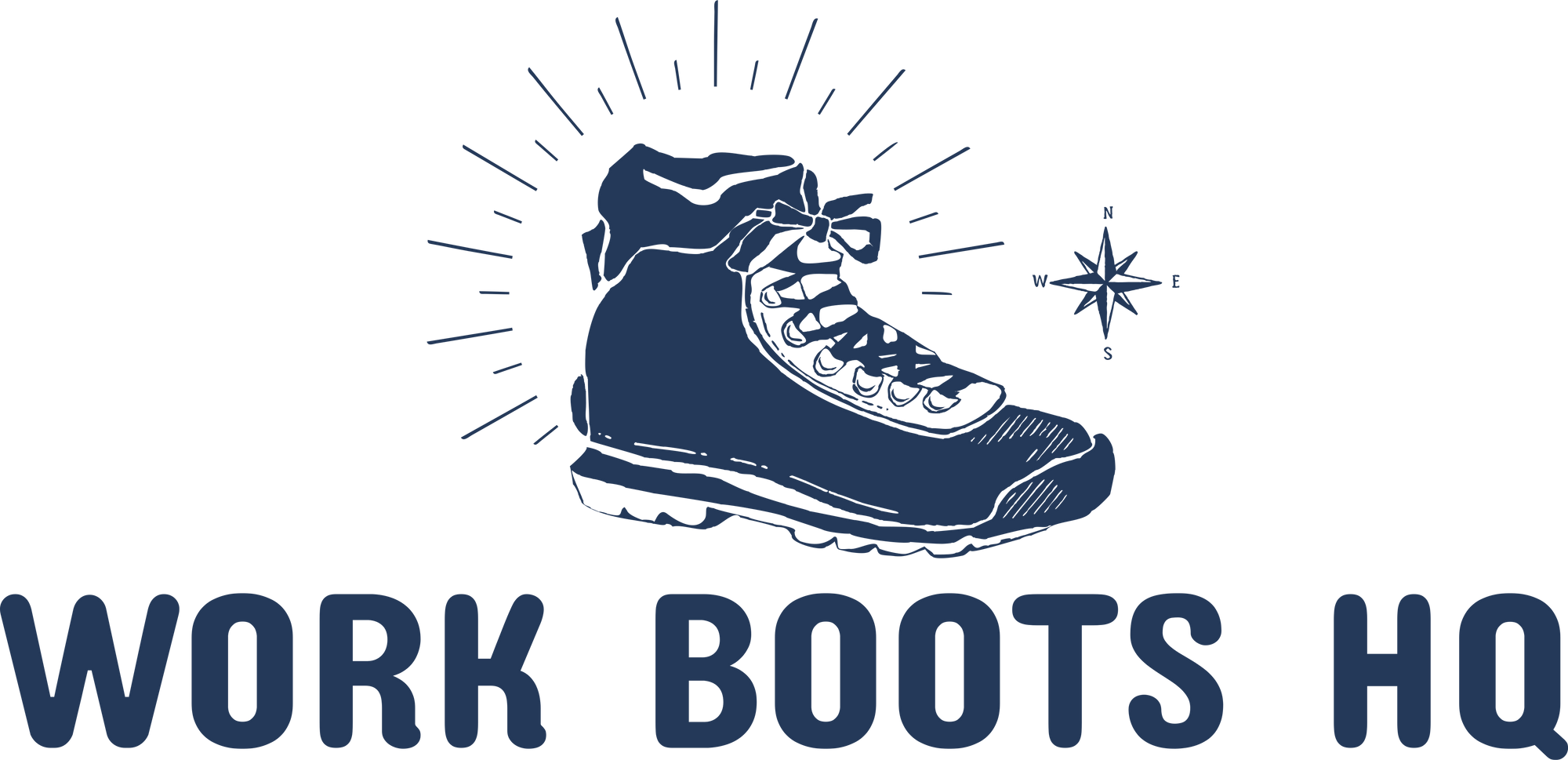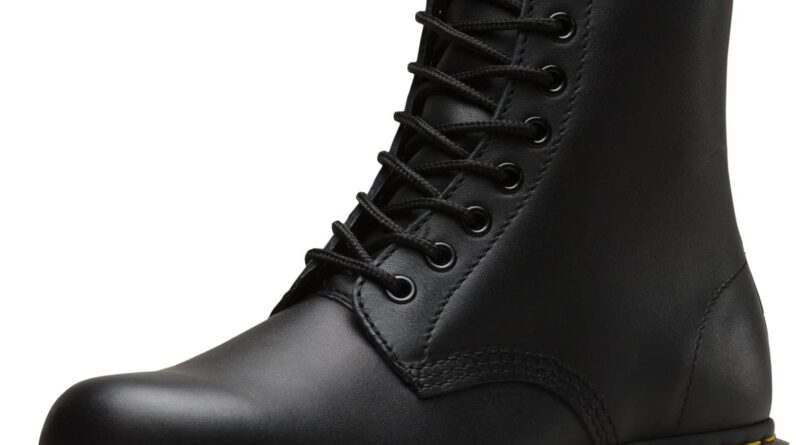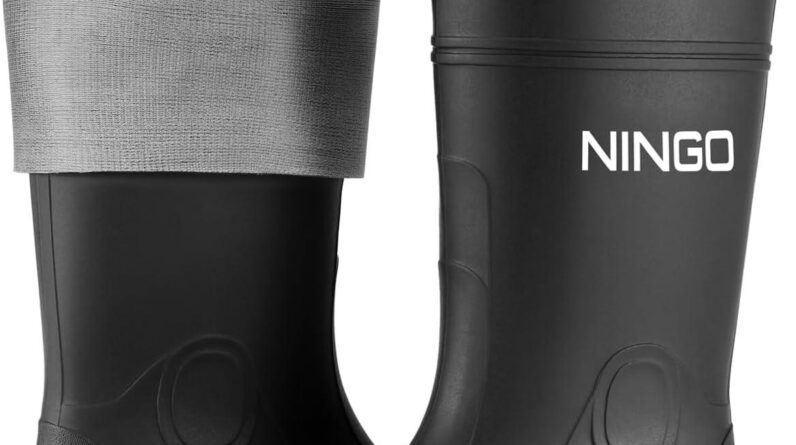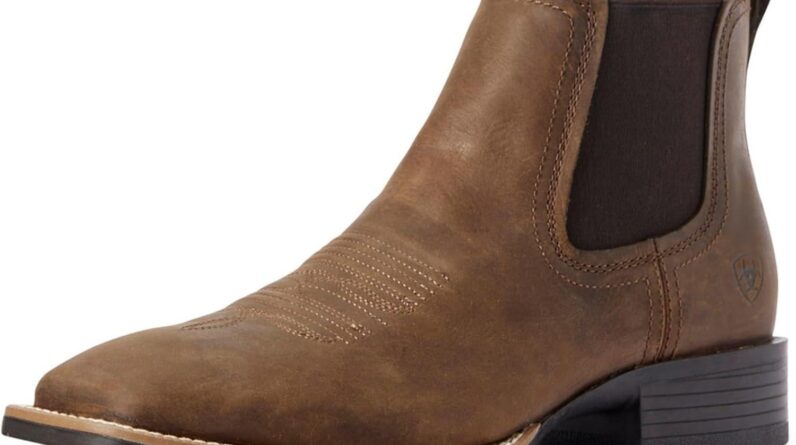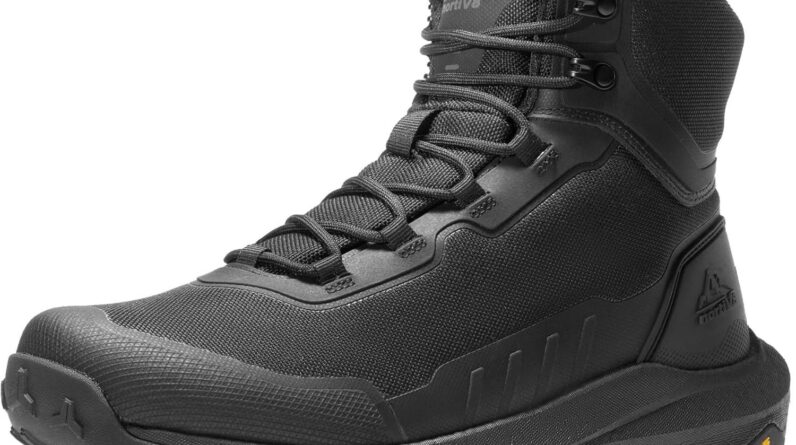
This post may contain affiliate links which means I may receive a commission for purchases made through links. Learn more on my Private Policy page.
How To Wear Cowboy Boots Ultimate Guide To
The Western Boot Roper Stockman Buckaroo Boot Video [0:00:00] Hi! I'm Antonio Centeno. I'm the founder of Real Men Real Style. Today, I'm going to be talking about the Western
boot. Yes, the cowboy boot. I know many of you guys out there, you don’t
ride horses. You've probably never even worn a pair of
Western boots or even know anyone that does, but perhaps it's something you've wanted to
bring into your wardrobe.
Today, I'm going to be presenting this video
for the guy that's just starting out who doesn’t maybe know a whole lot. Some of you guys though, maybe you're already
wearing Western boots. You've got specific questions. I go into a lot more in the article. I'm going to link to it over at The Art of
Manliness. In addition, I have an infographic. If you'd rather just look at the infographic
and pick up all of this info in a matter of seconds, go over to the link that goes to
Real Men Real Style and I've got the infographic right there, talk about the different types,
different types of leathers, and all the different parts.
Now, in today's video, this is geared towards
the guy just starting off, so we're going to focus in on three things. Those three things are why you should consider
wearing Western boots. The second are the different parts of the
Western boot. Finally, I'm going to talk about the most
common styles that you're going to see out there. Now, guys, before I get into this video, I'm
going to ask you to subscribe to my YouTube channel. That way, these videos come right to you.
In addition, if you like this, if you find
it useful, like it. Go down and comment. Let me know what you found useful in this
video. Guys, you know I love going into the comments
here on YouTube, and answering questions, see what you guys have to say how I can make
these videos better. Okay. Let's go ahead and let's talk about the three
reasons why you should start to wear Western boots, but let me just start with a story. My buddy, Ryan Masters — you guys have heard
me talk about him — we're at a conference and he saw me wearing a pair of Lou Casey
1883s.
Actually, I've got them right here and I'm
going to use these to show about the different parts. Ryan looked at the boots and he's like, "You
know, those look pretty good. I should at some point get a pair of boots." I'm like, "Ryan, you just moved to Colorado. Of course you should. You're going to find ways to use them and
you're really going to get miles out of them." So he went out and bought a really nice pair
of gator boots. These things drew attention. They were a little bit lighter colored. I don’t know exactly if they were gator
or caiman or crocodile, but in any case, they grabbed attention. Ryan had to number one have confidence, so
that's one of the best things about starting to wear Western boots especially if you didn’t
grow up wearing Western boots, is that you have to have the confidence and build the
confidence to realize when you're wearing those boots, whether you're just wearing them
with a jeans and a t-shirt — and I've seen Ryan do that — still people are drawn.
They look at his feet and they're like, "Wow! Those things really stand out. They grab attention. So number one, when you start to wear Western
boots, you've got to build up the confidence. You've got to be sure of yourself because
you are going to get compliments. You are going to get comments. You are going to have people ask you about
them. The next part is instant style. I talked about he's wearing just a t-shirt,
jeans. These boots, because of the design, because
of the flair, they instantly grab attention. Now, he started wearing them — I know he
does a lot of dancing. They're in Denver and he goes out to country
Western bars now, and these things still grab attention because they are very stylish. Boots are one of those things that it is perfectly
fine to make this almost the centerpiece of your outfit. I'm going to get into the — I've got a book
here and it's called "Cowboy Boots", and I'm going to talk a little bit about a company.
In fact, I'd recommend you go check out their
website. I'll link to it, Rocketbuster. They are a great example of a company that
has taken the art of the boot and they just ran with it. It's an amazing company. I think they're still in El Paso, Texas, but
these guys have had people like Arnold Schwarzenegger and other famous movie stars come in and spend
about as much money as they would on a car on these pair of boots which are handcrafted,
designed, just beautiful pieces of art. Instantly, you can add a piece of style to
your wardrobe. The last part is the history that goes into
Western boots. Now, the cool part about Western boots is
that they serve a function and purpose. I'm going to talk about this here in a second
with the parts, but even the style of the heel, why do you think the heel is there? The heel is there because when you're riding
a horse, it actually would fit right here. It would go right into the stirrup, hold it
right there.
Why do you think they don’t have laces on
them? So if you fell off of your horse, the boot
would come off and you wouldn't get dragged and killed by your horse. All of the boot has to do with history and
function. And so, let's go ahead and get into the second
part of this video. Let's talk about the parts. We're going to start with the upper. Right here, we've got pull straps. Sometimes, you don’t see pull straps. You'll see actually holes in the boot.

In any case, you're usually pulling the boot
on. There are no laces on Western boots. The second part is the stitching. You'll see a lot of this stitching up now. This actually served their purpose especially
with the early boots. They didn’t want them to sag or to fall
over, so the stitching was there to help provide support in the boot. Now, this is called the shaft and this is
the upper part of the boot. Now, let's go down into the bottom part of
the boot. What we've got here are two boxes. We've got one. We've got the heel and we've got the toe box. [0:05:05] Right here, it's called the heel counter specifically
and these are both formed to give the boot the shape. Now, here we've got the vamp and the vamp
is one of the most durable, toughest parts of the boot because this is where it's going
to have a constant bending.
The vamp, oftentimes you've got stitching
and design to also strengthen this. Again, this is probably one of the most durable
parts. If you're going to be conditioning, taking
care of your boots, which you should be, this is where you want to make sure you give special
attention because it's constantly bending. If you don’t take care of it, this is where
the leather will start to crack especially right here on the sides if you're not conditioning
it.
Now, let's talk about the outer sole and the
heel. I talked about the heel. Heels come in all shapes and sizes. It depends on what you need the boot for and
the function of it. Most Western boots though, we're going to
see anywhere from about one inch to about one and a half to almost two inches on the
heel. Two inches is a bit extreme. Less than an inch, you're going to start to
get into specific types of boots, which are geared more towards work. Now, the outer sole right here, this is what
basically hits the ground. These are made to be replaced. So if you start to wear a hole in it, you'd
want to take it to a cobbler, preferably one that specializes in boots so we can get that
replaced. A lot of companies like Lou Casey, I believe
you can actually send it back to the company and they will actually rebuild that for you.
Okay, so we've talked about why, we've talked
about the parts. Gentlemen, let's dive in to the different
styles. The classic Western boot, that's what I was
just showing you right here. We've got about — what is that — 12 inches
in the shaft. We've got a pretty, non-descript, just simple
— this is an all-around, simple boot. Then we've got the shorty. The shorty shaft is usually going to be quite
a bit shorter, sometimes as short as six inches.
What we're going to see, the next one, let's
talk about the Western work boot. The Western work boot, the big difference
is the heel at the bottom of the boot. Ariat is a great company to look at their
Western work boots because what you see is they've designed them for comfort. These are men that are up on their feet 12
to 14 to 16 hours a day and they demand comfort. They're not necessarily getting into a horse,
but they want something that's durable that still has the historic flavor of the Western
boot. Next, let's talk about the roper. Roper is an earlier version of the Western
work boot and something that you'll see a lot of guys, especially if they're working
rodeos down in Pegasus, Texas or something, you're going to see ropers.
They're more practical when it comes to work
and at the same time, you can jump and you can ride with them, so you'll see a lot of
guys especially that work around animals using ropers. Now, the buckaroo, this is one that's more
for show. It goes much higher, so the shaft on the buckaroo
is going to be much higher than a regular Western boot. Finally, the stockman. The stockman is kind of a hybrid. Again, it's going to be for a guy that's not
necessarily getting into the saddle as much. It's very similar to the work boot, but it's
still going to have a lot of the style of the classic Western boot. Okay, guys, I've got a lot more information. Go over to Real Men Real Style, check out
the infographic. Go to the detailed article at The Art of Manliness
and let me know in the comments if you've got questions, how you've been able to — maybe
what your favorite company is, how you've enjoyed wearing Western boots and maybe the
compliments you've gotten.
Again, guys, go check out the article, a lot
more detail. I'll see you in the next video. Bye-bye. [0:08:30] End of Audio.
